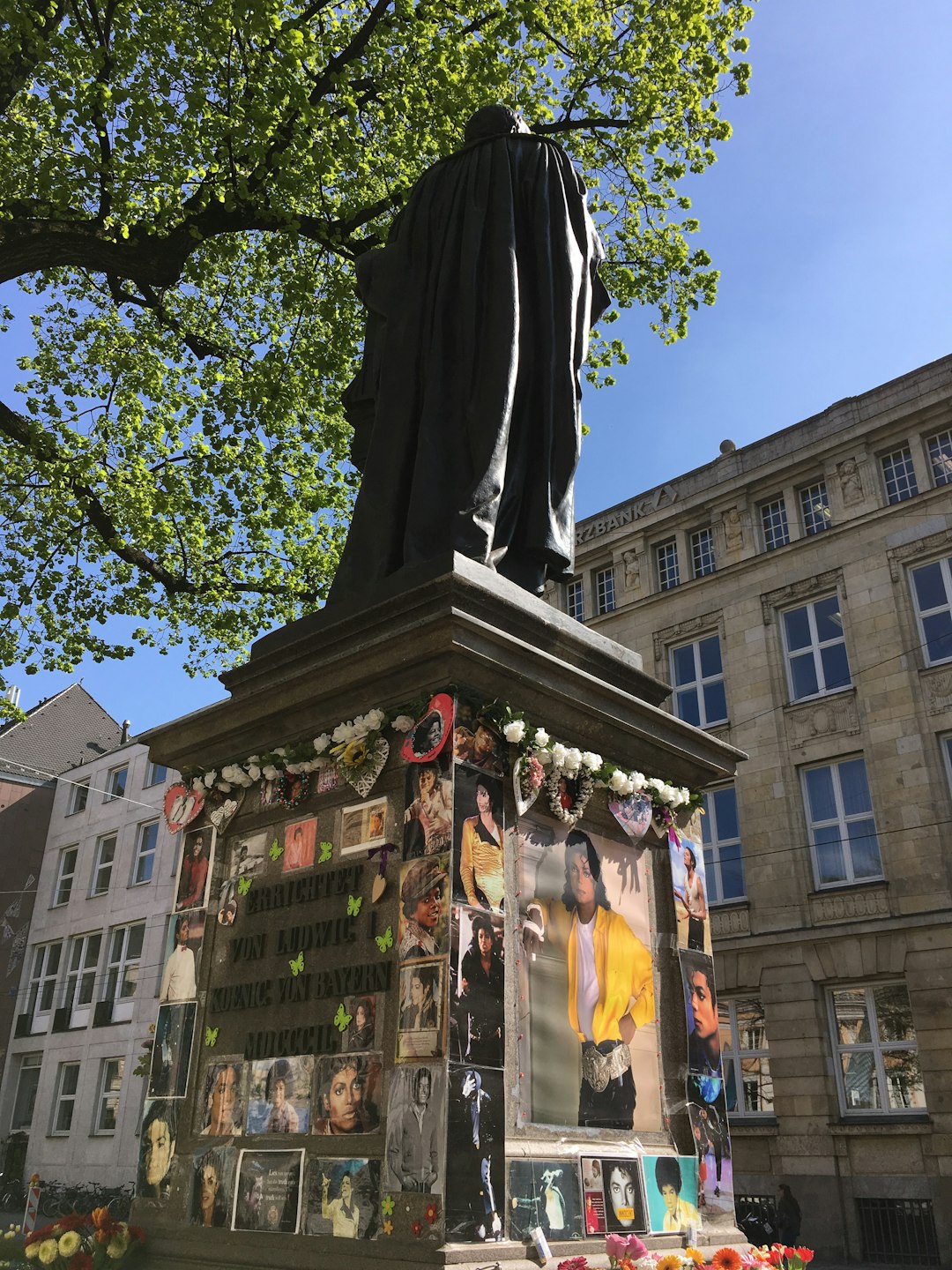
The Impact of Monuments on Local Tourism: A Cultural Perspective
# Introduction. Monuments have long been cherished as symbols of our collective history and culture. They connect us to our past, represent our values, and serve as a tangible testament to our human experience. Beyond their aesthetic appeal, monuments play a crucial role in local tourism, acting as focal points that attract visitors and generate economic activity. This post delves into the multifaceted impact of monuments on local tourism, exploring their significance, challenges, and the opportunities they present to communities around the globe. # The Historical Significance of Monuments. Monuments often commemorate significant historical events, figures, or cultures, providing a narrative that resonates with both locals and tourists. For instance, landmarks like the Statue of Liberty in New York symbolize freedom and democracy, attracting millions of international visitors who seek to connect with America's storied past. These sites not only provide educational value but also instill a sense of pride in the local community. As tourists explore these monuments, they glean insights into the region's heritage, leading to a deeper appreciation of the culture and history they represent. # Economic Benefits of Monument Tourism. The influx of tourists drawn to monuments creates a ripple effect in the local economy. Visitors contribute to a range of sectors, including hospitality, retail, and transportation. Hotels, restaurants, and local shops can experience increased revenues during peak tourist seasons, often relying on monument tourism for survival. For example, cities like Paris and Rome thrive on the millions of tourists visiting iconic monuments like the Eiffel Tower and the Colosseum, which not only stimulate commercial activity but also create job opportunities for local residents. Furthermore, municipalities can invest a portion of the revenue generated by tourism back into the preservation and maintenance of these landmarks, ensuring that they remain part of the community's identity for years to come. # Enhancing Local Culture and Community Identity. Monuments signify more than just historical markers; they often encapsulate the identity and culture of a community. The preservation of these sites can foster local pride, as residents recognize their unique stories being shared on a global platform. Community events centered around monuments, such as festivals, commemorations, and educational programs, create opportunities for locals to engage with both tourists and each other in meaningful ways. These events can also attract additional visitors, resulting in a symbiotic relationship between the monument, the community, and the tourism industry. # Challenges Faced by Monument Tourism. Despite the numerous benefits, the heavy traffic of tourists can pose significant challenges. Overcrowding can lead to wear and tear on delicate structures, and excessive commercialization risks diluting the historical and cultural significance of a site. Local authorities must strike a delicate balance, investing in protective measures while still encouraging tourism. Sustainability practices, such as the introduction of visitor quotas or timed tickets, have become increasingly important to mitigate some of these issues. Creatively engaging tourists in responsible tourism behaviors, such as promoting educational tours, can also enhance their experience without compromising the integrity of these sites. # The Future of Monuments in Tourism. As the landscape of tourism continues to evolve, so too must the way we approach the promotion of monuments. With the rise of digital and virtual reality experiences, there are exciting opportunities to immerse potential visitors in the significance of monuments even before they arrive. This not only serves to boost interest in the physical site but also encourages responsible tourism practices. Moreover, the integration of local stories, indigenous perspectives, and diverse narratives can add depth to the visitor experience, making it more inclusive and reflective of the broader cultural tapestry. # Conclusion. In conclusion, monuments are vital assets that shape local tourism, serving as conduits between the past and present. Their impact extends beyond mere economic contributions; they foster community pride, education, and cultural exchange. However, the challenges they face in terms of sustainability and preservation require innovative solutions and community engagement. By valuing these significant structures and implementing thoughtful strategies, localities can ensure that their monuments continue to attract and inspire future generations of travelers. .







